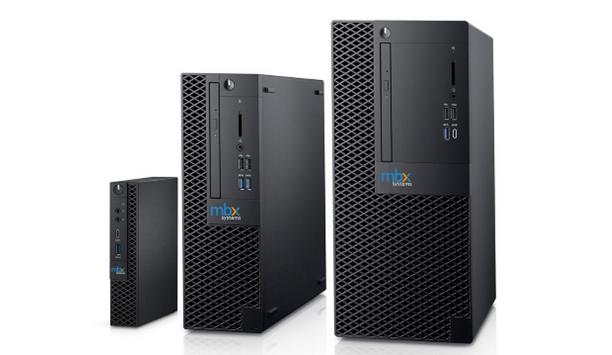Tom Larson

Tom Larson
Director - Safety and Security, MBX SystemsTom Larson is currently working with MBX Systems as Director - Safety and Security. He is also a Member of the Leadership Team at MBX Systems. In the past, he has worked in the capacity of Vice President and Chief Technology Officer at BCDVideo. Tom is an alumnus of the prestigious Ilinois State University.
News mentions
MBX Systems, a manufacturer of purpose-built and deployment-ready hardware devices for technology companies, has expanded its line of pre-built, pre-engineered hardware platforms for physical security...
The security industry provider in purpose-built video surveillance recording appliances, BCDVideo, announced the launch of a new line of harsh environment, rail, and in-vehicle servers. The new produc...
BCDVideo has expanded its offering of uninterruptible power systems (UPS) through its partnership with Xtreme Power Conversion, a global provider of power quality solutions. Founded in 2006, Denver-b...
Historically, storage has been a challenge for video system designers and installers, with requirements rising along with camera resolutions. The addition of big data, the Internet of Things (IoT), in...
































